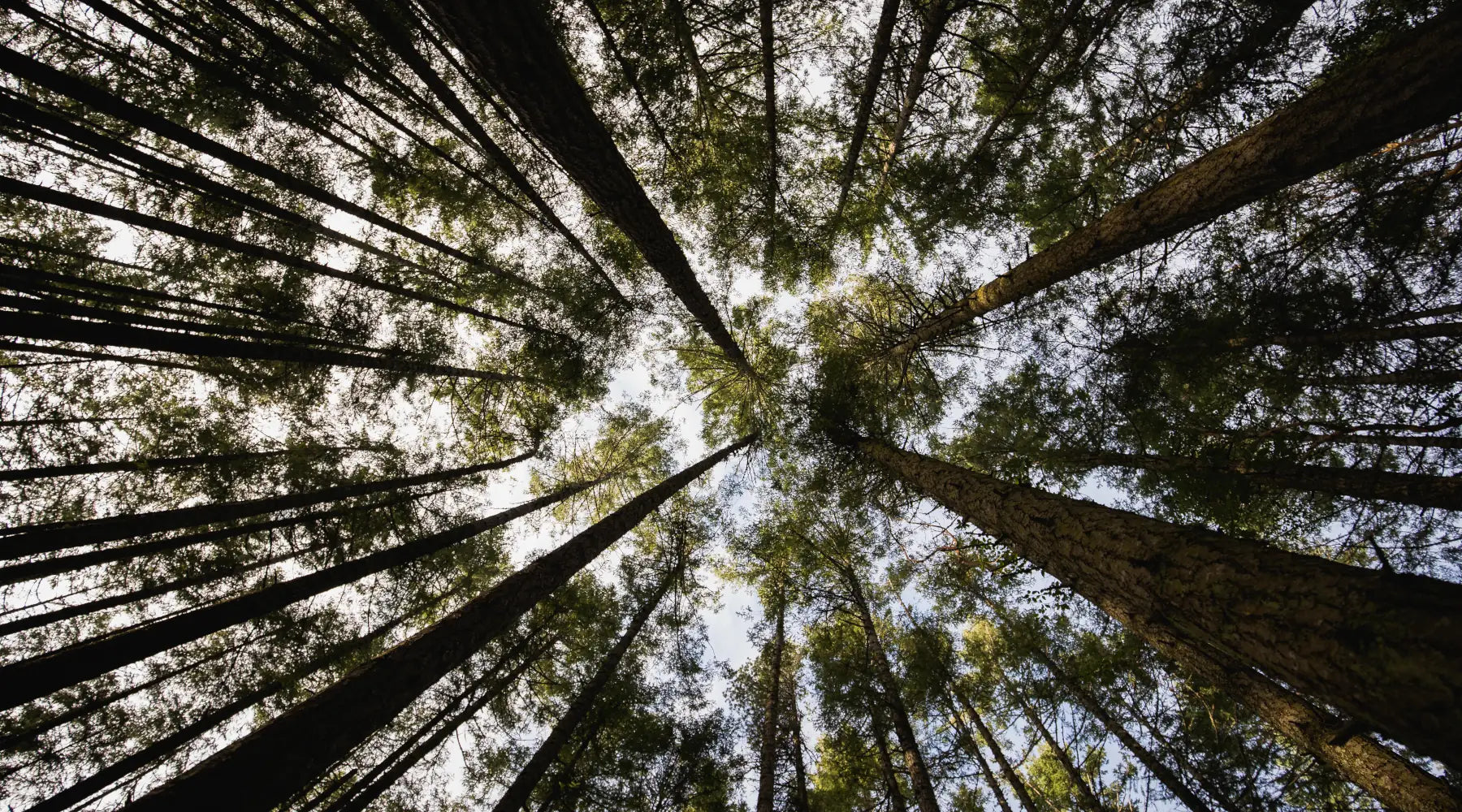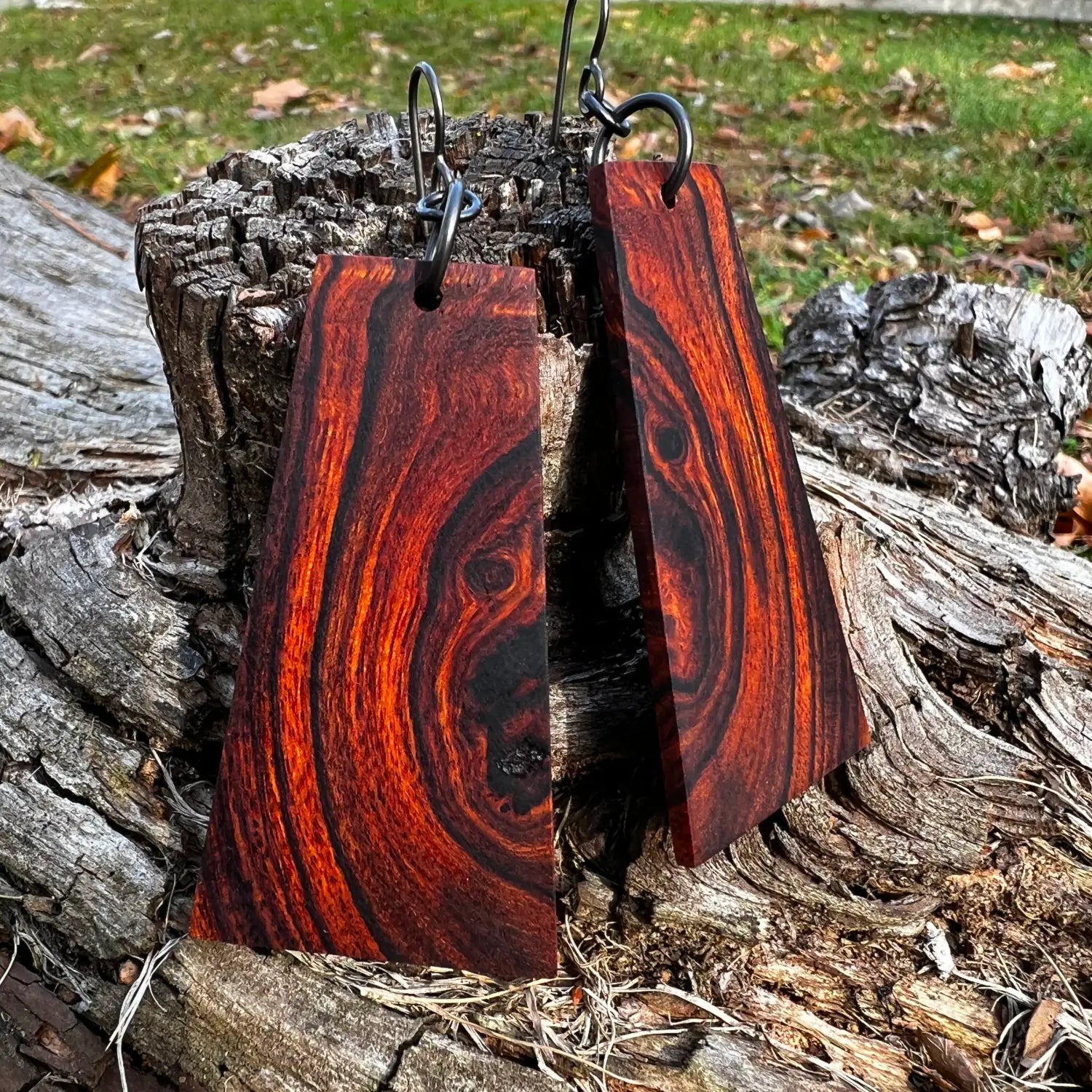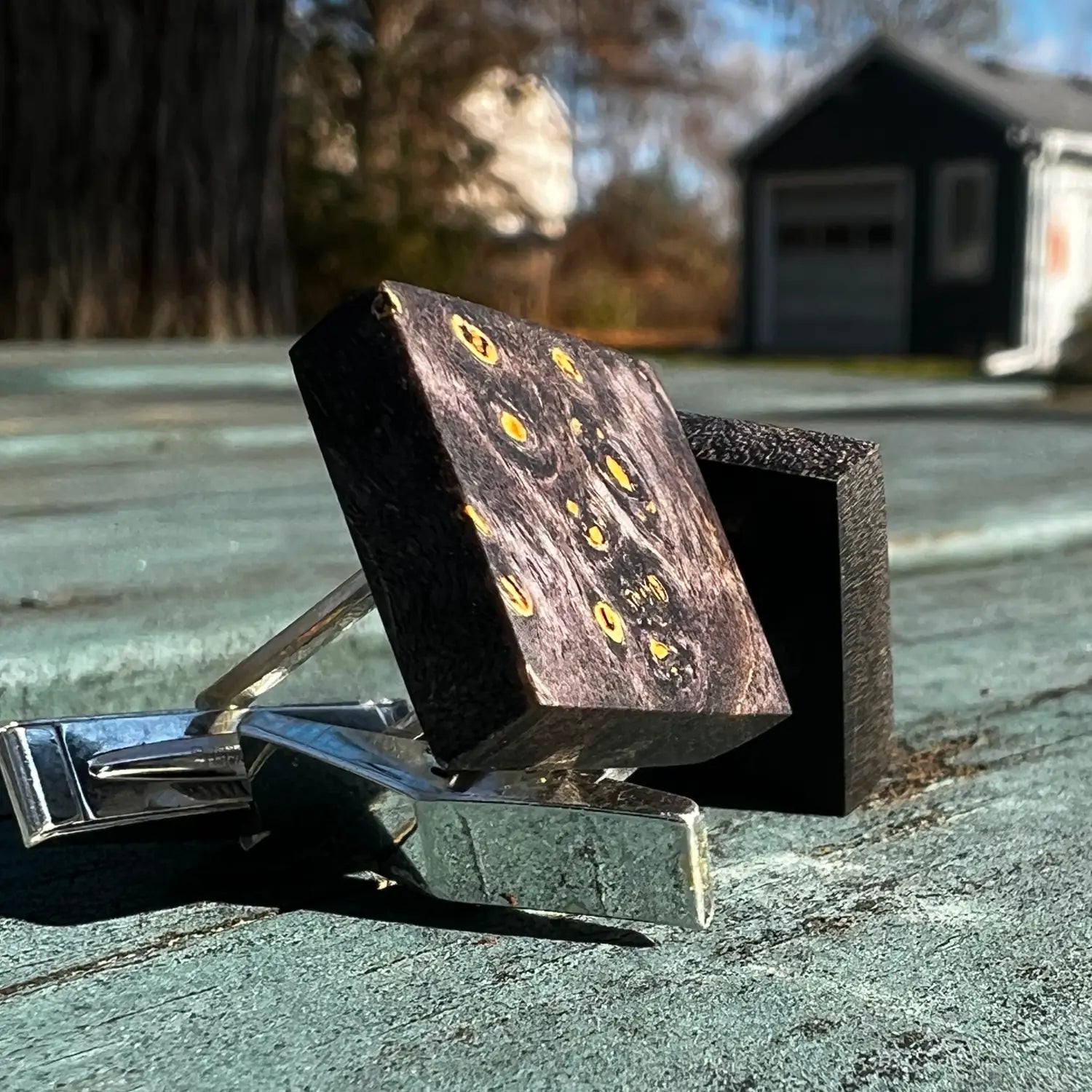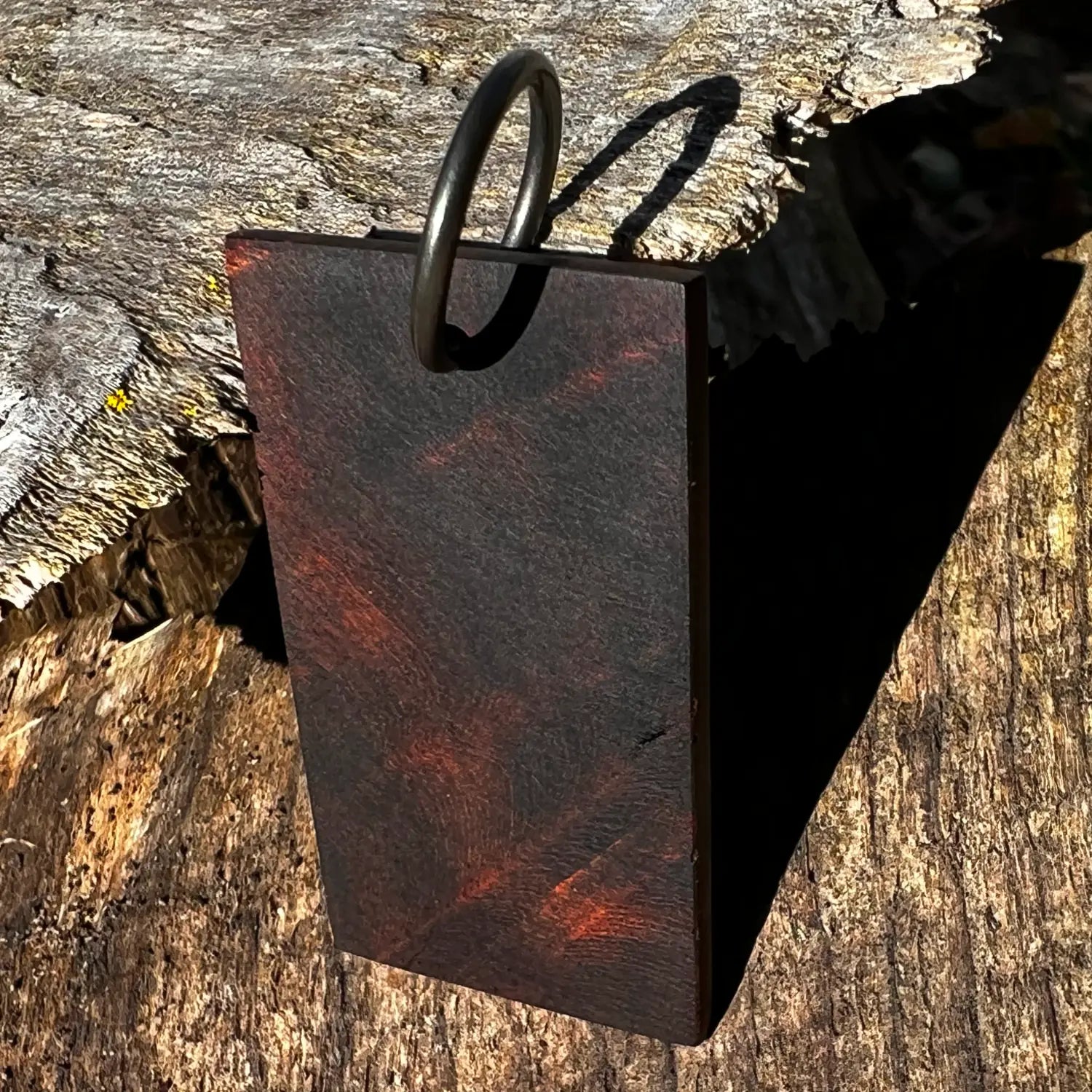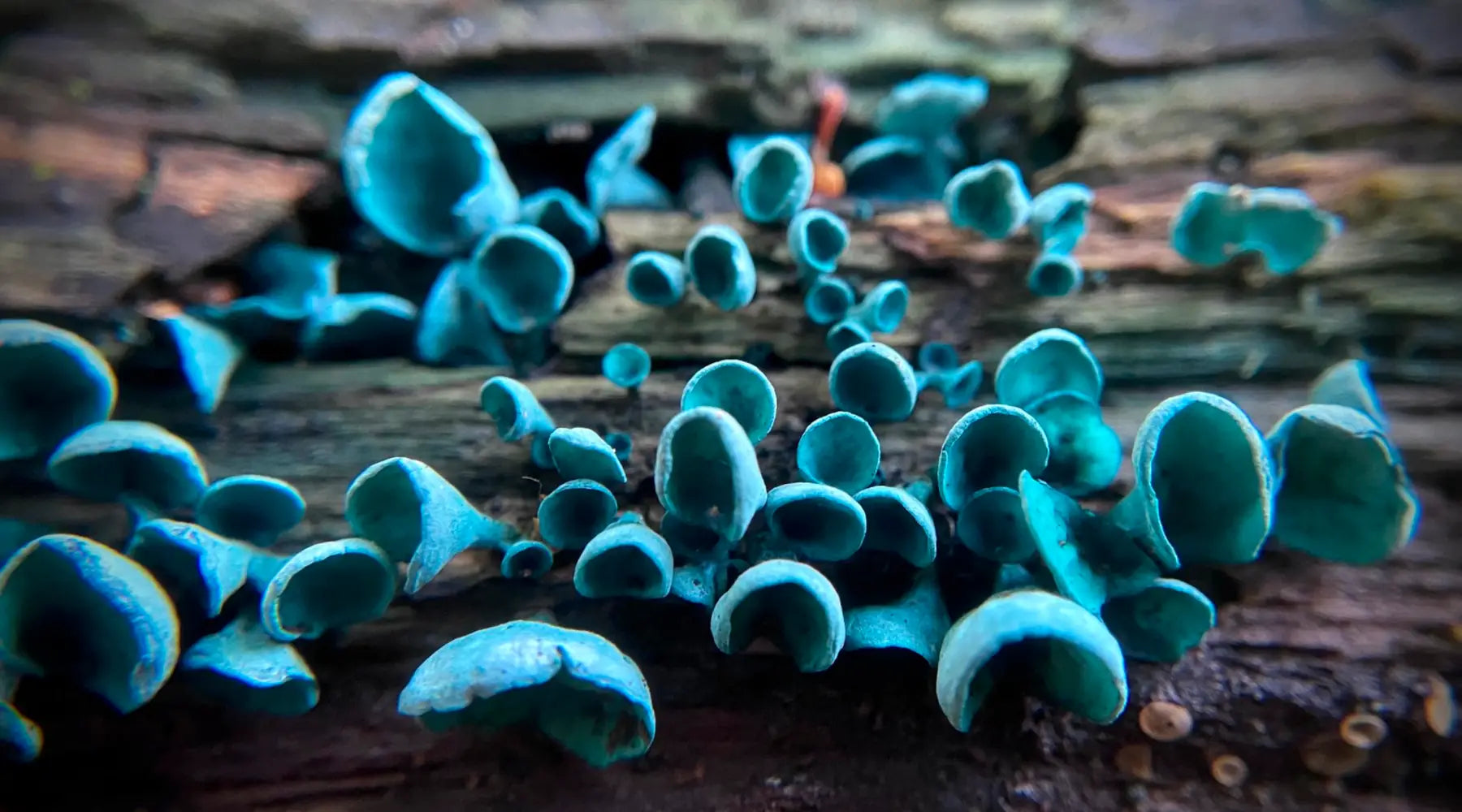
Understanding the Intriguing Phenomenon of Spalting in Wood
Woodworkers and enthusiasts often encounter the captivating patterns of spalting, a natural and visually stunning occurrence in wood that adds character and uniqueness to the material. Spalting is a process in which wood undergoes unique coloration and patterning due to the activity of fungi, transforming what might be a plain piece of timber into a work of art. Let's delve into the fascinating world of spalting and explore why it happens.
The Fungal Collaboration:
At its core, spalting is a result of fungal activity within the wood. Different types of fungi, including molds and other decay fungi, play a role in this intricate process. The fungi introduce pigments, chemicals, and enzymes into the wood, leading to changes in color, pattern, and texture.
Moisture Content and Ideal Conditions:
Spalting typically occurs when wood experiences a specific range of moisture content. Too much moisture can lead to decay without the desirable spalting effects, while extremely dry conditions might inhibit fungal activity. The sweet spot lies in the middle, where the wood is damp enough to support fungal growth but not so wet that it leads to rot.
Tree Species and Susceptibility:
Different tree species exhibit varying degrees of susceptibility to spalting. Some hardwoods, like maple and beech, are more prone to spalting due to their porous nature, providing an inviting environment for fungi. In contrast, dense and resinous woods may be less susceptible.
Fungi Varieties:
Various fungi contribute to spalting, each introducing its unique characteristics. Some fungi produce pigments that manifest as vibrant colors, while others create dark lines or zones. The intricate interplay between different fungi species can result in a stunning array of patterns.
Environmental Factors:
External factors, such as temperature and humidity, also influence the spalting process. Warm and humid conditions generally favor fungal growth, contributing to more pronounced spalting effects. In contrast, cooler or drier climates might slow down the process.
Woodworker's Treasure:
While spalting is a form of decay, it is essential to note that the wood doesn't lose its structural integrity. In fact, spalted wood is often prized for its enhanced visual appeal, and woodworkers actively seek out spalted lumber for various projects, from crafting unique furniture pieces to turning striking bowls.
Conservation and Ethical Harvesting:
Given the beauty and desirability of spalted wood, there is a responsibility to approach its sourcing with conservation in mind. Ethical harvesting practices, including selective cutting and sustainable forestry management, are crucial to ensure the long-term health of the forests and ecosystems that produce these remarkable materials.
In conclusion, the phenomenon of spalting in wood adds a layer of intrigue to the already diverse and captivating world of woodworking. From the collaboration of fungi to the interplay of environmental factors, spalting transforms wood into an artistic canvas, showcasing nature's creativity in the most unexpected places. For wood enthusiasts and artisans alike, spalted wood stands as a testament to the harmonious relationship between nature and craftsmanship.


